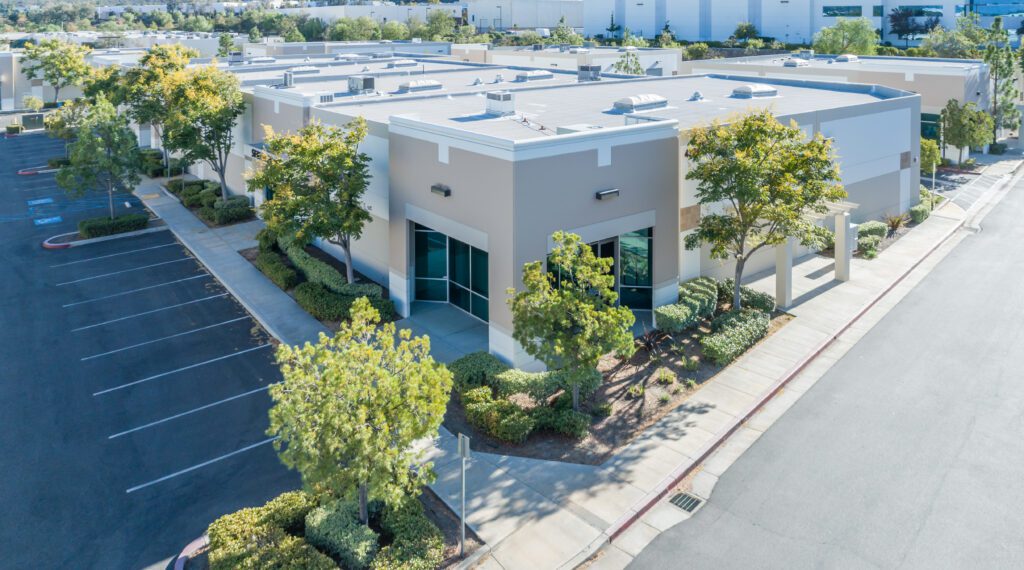Real Estate Assets to Consider Investing Post Covid
- Ehud Gersten
- October 16, 2023

1031 Risk Disclosure:
- There is no guarantee that any strategy will be successful or achieve investment objectives;
- Potential for property value loss – All real estate investments have the potential to lose value during the life of the investments;
- Change of tax status – The income stream and depreciation schedule for any investment property may affect the property owner’s income bracket and/or tax status. An unfavorable tax ruling may cancel deferral of capital gains and result in immediate tax liabilities;
- Potential for foreclosure – All financed real estate investments have potential for foreclosure;
- Illiquidity – Because 1031 exchanges are commonly offered through private placement offerings and are illiquid securities. There is no secondary market for these investments.
- Reduction or Elimination of Monthly Cash Flow Distributions – Like any investment in real estate, if a property unexpectedly loses tenants or sustains substantial damage, there is potential for suspension of cash flow distributions;
- Impact of fees/expenses – Costs associated with the transaction may impact investors’ returns and may outweigh the tax benefits
General Disclosure
Not an offer to buy, nor a solicitation to sell securities. All investing involves risk of loss of some or all principal invested. Past performance is not indicative of future results. Speak to your finance and/or tax professional prior to investing. Any information provided is for informational purposes only. Securities offered through Arkadios Capital, member FINRA/SIPC. Advisory Services offered through Arkadios Wealth. Perch Wealth and Arkadios are not affiliated through any ownership.

Ehud Gersten
1031 Exchanges California
1031 Exchanges Florida
1031 Exchanges Texas
1031 Exchanges Arizona
1031 Exchanges Georgia
1031 Exchanges Ohio
1031 Exchanges New York
1031 Exchanges New Jersey
29122 Rancho Viejo Rd. Suite 111
San Juan Capistrano, CA 92675
info@perchwealth.com

Not an offer to buy, nor a solicitation to sell securities. All investing involves risk of loss of some or all principal invested. Past performance is not indicative of future results. Speak to your finance and/or tax professional prior to investing. Any information provided is for informational purposes only. Securities offered through Arkadios Capital, member FINRA/SIPC. Advisory Services offered through Arkadios Wealth. Perch Wealth and Arkadios are not affiliated through any ownership.
Check the background of this firm/advisor on FINRA’s BrokerCheck. 
© 2024 Perch Wealth.
- There’s no guarantee any strategy will be successful or achieve investment objectives;
- All real estate investments have the potential to lose value during the life of the investments;
- The income stream and depreciation schedule for any investment property may affect the property owner’s income bracket and/or tax status. An unfavorable tax ruling may cancel deferral of capital gains and result in immediate tax liabilities;
- All financed real estate investments have potential for foreclosure;
- These 1031 exchanges are offered through private placement offerings and are illiquid securities. There is no secondary market for these investments;
- If a property unexpectedly loses tenants or sustains substantial damage, there is potential for suspension of cash flow distributions;
- Costs associated with the transaction may impact investors’ returns and may outweigh the tax benefits;
- Tax benefits are not guaranteed and are subject to changes in the tax code.

